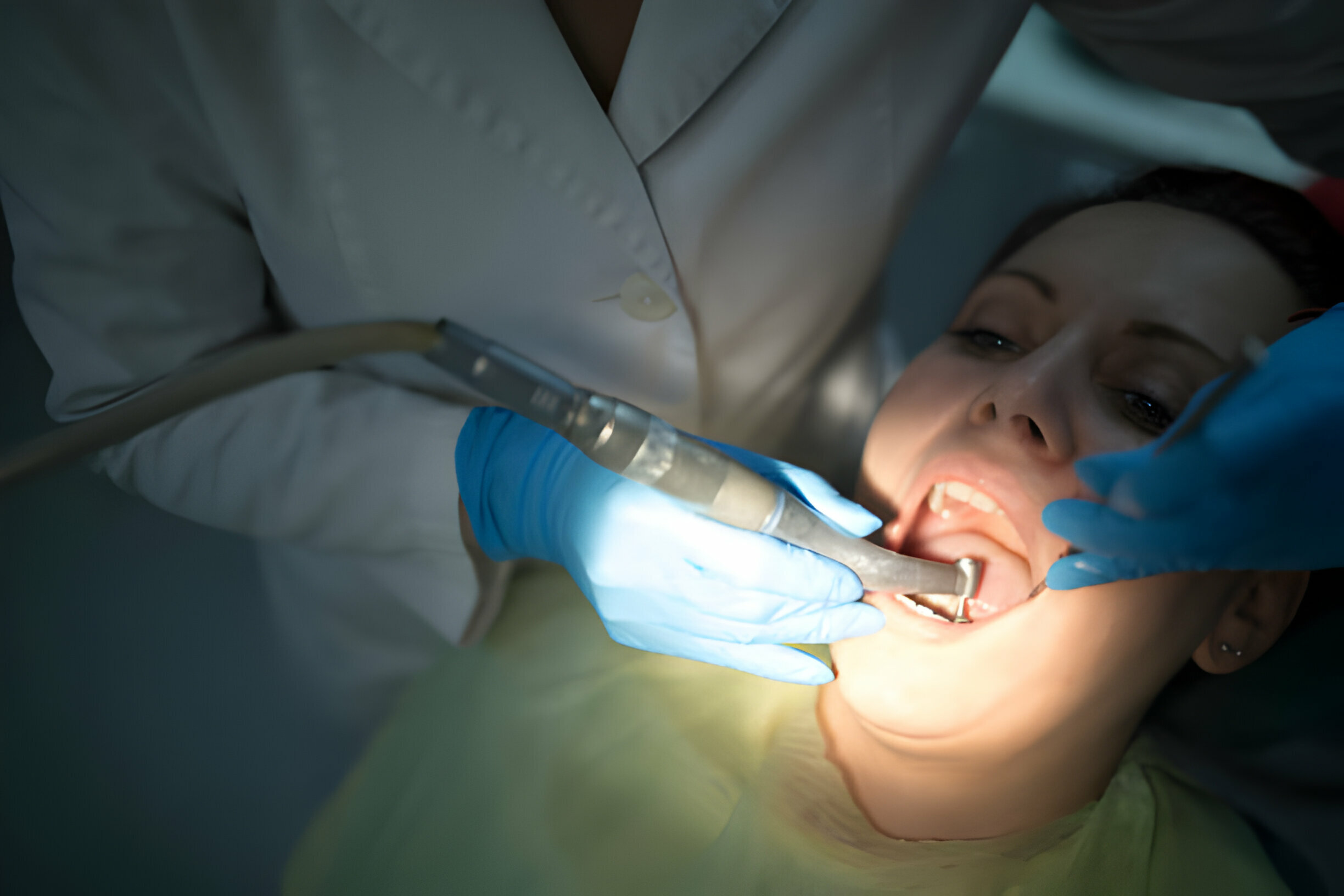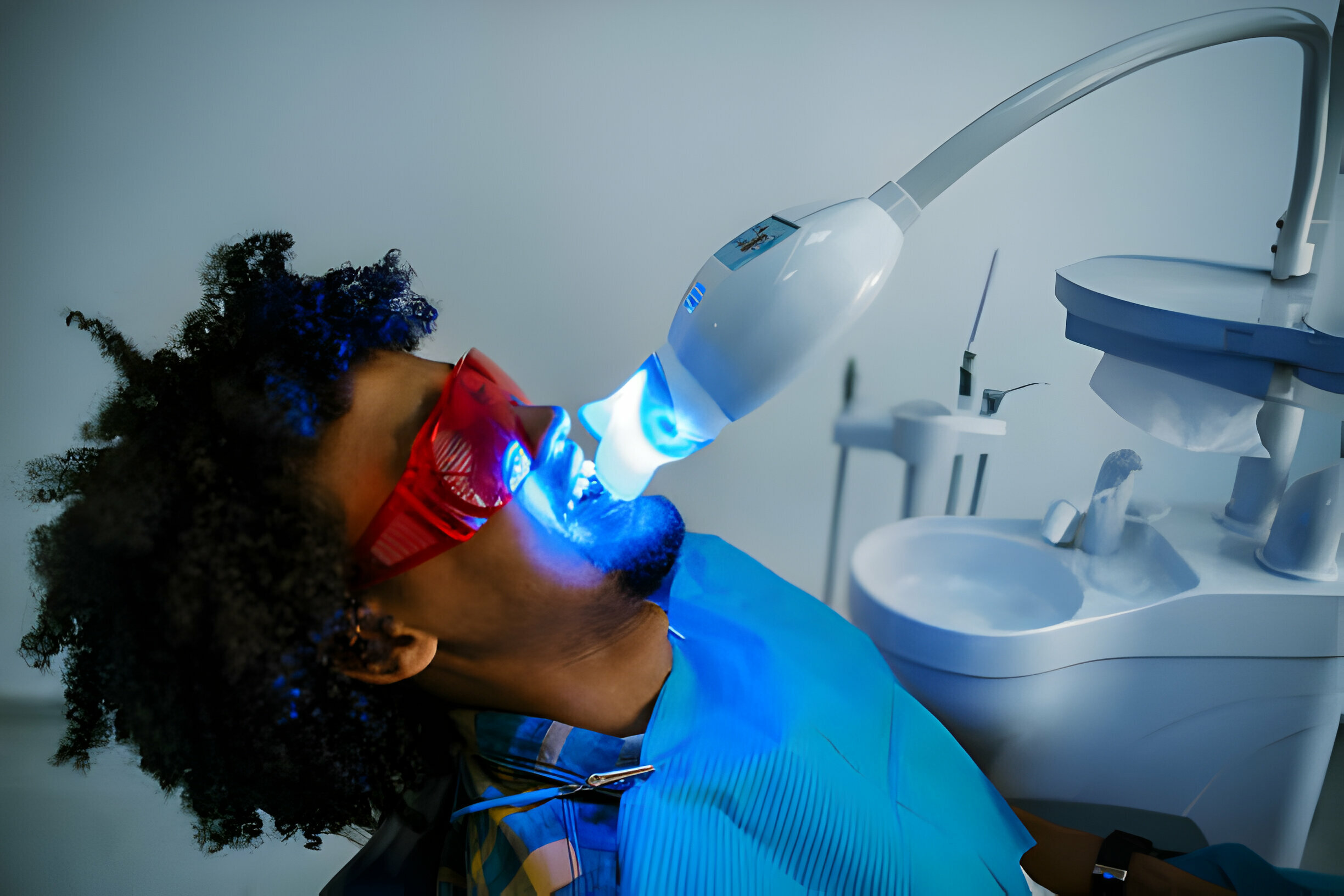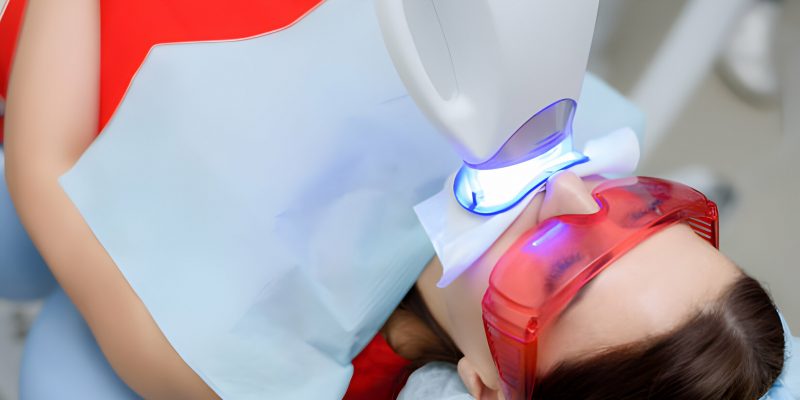Summary:
Having a periodontal or gum disease can be as challenging as it becomes! Waking up with sore gum, unable to chew food or even smile properly can significantly affect your lifestyle.
Sadly, that’s the condition of almost 47.2% of Americans aged 30 years or above. A majority of these individuals refrain from undergoing traditional gum therapy due to the pain and the span of the treatment.

But what if we told you there was a better, more invasive treatment option in the form of periodontitis laser treatment?
This blog takes a closer look at the different aspects of the treatment, namely:
- Understanding Periodontal Disease – The Problem in Detail
- Laser Treatment – The Concept
- Benefits of Ray Therapy for Periodontal Disease
- Post-Therapy Dental Care
- Limitations of Ray Gum Treatment
- Is Laser Good for Gum Disease?
Continue reading as we learn more about ray periodontal therapy in the following sections.
Understanding Periodontal Disease – The Problem in Detail
Periodontal (or gum) disease is an infection of the tissues and bones that support your teeth. This is an advanced stage of infection. Gingivitis can be treated with a strict dental care regimen if detected early.
The risk factors associated with periodontal disease include:
- Certain medications
- Poor oral hygiene
- Chronic illnesses, such as diabetes
- Smoking
- Genetic susceptibility
Laser Treatment – The Concept
Laser gum therapy is a great alternative to treat periodontal disease. The treatment removes plaque and tartar from the teeth and gums using a concentrated light beam. This procedure is frequently used in conjunction with other methods of periodontal therapy, such as scaling and root planing.
Laser therapy is not a stand-alone procedure; it works in concert with established therapies. Periodontal ray surgery involves your periodontist using a ray to reach and remove inflammatory tissue from around your tooth’s root. They next remove the tartar and plaque that have accumulated underneath and around your gumline.

They next use a separate tool to smooth away any rough places on your teeth, both above and below the cavity. Removing these rough places reduces the likelihood that your gums and teeth will attract more germs and develop future illnesses.
Benefits of Ray Therapy for Periodontal Disease
Laser therapy is an effective treatment for periodontal disease. It can help to remove bacteria and tartar from the teeth, as well as improve the appearance of the gums. Laser treatment for periodontitis can also help to stimulate new tissue growth and promote healing.
Let’s learn more about the benefits of the therapy in this section:
Reduced Inflammation
Ray surgery is a highly effective treatment for gum inflammation. The beam kills the germs that cause periodontal disease and promotes recovery. It is a safe and efficient approach to treat inflammation and promote healing.
Improved Healing Time
Periodontitis laser treatment is a successful option for periodontal disease. It can assist to speed up the healing process and lower the risk of additional gum and tooth damage. Ray surgery can also assist in alleviating the pain and discomfort caused by periodontal disease.
Reduced Scarring
One of the primary advantages of laser therapy for periodontal treatment is less scarring. The surgery can assist in eliminating damaged tissue and promote healing while inflicting no more harm to the surrounding tissue. This can result in a considerable decrease in scarring following therapy.
Minimized Damage to Healthy Tissue
Laser therapy is a minimally invasive option for periodontal disease that can help decrease damage to good tissue. It enables a more focused approach to treating sick tissue, reducing the impact on healthy tissue and the risk of consequences. It can also help enhance the gums’ look by decreasing inflammation and boosting healing.
Minimized Discomfort During Treatment
Laser gum treatment is a less invasive method for treating periodontal disease that can be used with other treatments, including dental scaling and root planing. The beam targets germs in the crevices between the teeth, decreasing inflammation and irritation. Because the beam targets particular locations, it causes less tissue damage and has fewer adverse effects than other surgeries. This implies that patients can have shorter, more pleasant options requiring fewer dentist visits.
Post-Therapy Dental Care
Your recovery period and post-procedure dental care will be determined by various factors, including the wavelength utilized in your ray surgery treatment, the severity of your problem, and your medical history. Once the laser for periodontal therapy is complete, your post-operative care will guide you throughout the healing process with personalized guidance.

In general, you may encounter the following symptoms immediately after laser periodontal therapy:
- Change in gum tissue color.
- Light bleeding and edema around the ray.
- Soreness or dental sensitivity.
- Unpleasant taste that impacts your oral cavity.
While there are different guidelines for users, most Navarro dentists suggest patients consume soft, nourishing meals while recovering. Avoiding scorching and spicy meals, chips, hard candies, cookies, and other crunchy items can allow your mouth to recover naturally.
Limitations of Ray Gum Treatment
- Limited research: Laser treatment has shown promise in treating gum issues. However, compared to other options, longer-term trials and research are required to grasp the effectiveness of the surgery.
- Cost: Laser therapy is more expensive than standard treatments, which may limit its availability to some patients.
- Operator Skill: The effectiveness of ray therapy is dependent on the ability and knowledge of the dental practitioner administering the procedure.
- Not suitable for All Cases: Ray therapy may not be appropriate for all cases of gum issues, especially in those with advanced periodontitis, when more severe options may be required.
Is Laser Good for Gum Disease?
The laser procedure is a great alternative for many individuals suffering from the disease since it has various advantages over traditional treatments.
Laser treatment for gums is:
- Minimal invasive
- Less painful
- Shorter healing period
- Lower risk of infection
All these aspects make it an effective surgery option for individuals seeking a gentle and effective way to treat gum disease. However, it is essential to note that ray surgery may not be appropriate for all cases of oral problems, especially those with severe periodontitis, for which more aggressive options may be required.
Finally, the choice to employ therapy for gum should be made with a skilled periodontist or dental practitioner, who can assess each patient’s needs and provide the best strategy.
Takeaway
- Waking up with painful gum, being unable to chew food, or even smiling properly can greatly impact your lifestyle.
- Laser gum treatment is an excellent way to treat periodontal disease. It eliminates plaque and tartar from the teeth.
- Lasers provide a more targeted approach to treating ill tissue, lowering the impact on healthy tissue and the risk of complications.
- Don’t let the complex terms confuse you! Visit our experts at Navarro Dental Center to know more about the process today.



